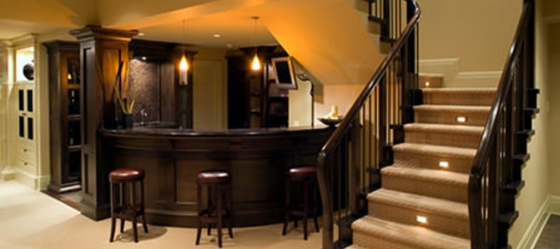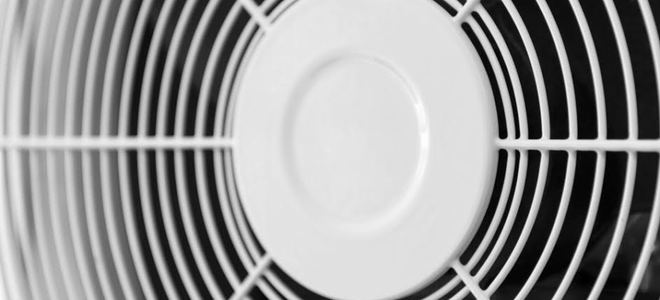
Unless you have a workshop or a man cave in your basement, it usually only gets cleaned once or twice a year. While it may seem that odors congregate in the basement just to keep you from going down there, it's only because heavy air contaminated with odors and gases succumb to gravity and settle in the basement. In most cases, there is no way for those odors and gases to escape. Here are some steps to get the smell out and make that space available again.
Step 1 - Evaluate

To eliminate odors and that musty smell, you first have to find the cause. Do you have boxes of old clothing or miscellaneous items you just can’t seem to part with? Well, you must! (Pun intended.) Get rid of what you haven’t used in the last year, since old items can hold onto odors and therefore contaminate the room.
Do your walls feel damp? Is there any white residue on the brick or concrete? Dampness leaks through the walls from the outside, so if there is white residue, you had (or have) moisture coming through at one point. The white stuff is called efflorescence and is a sure sign of a problem.
Step 2 - Eliminate the Humidity
Concrete (which most basements are made of) absorbs moisture from the outside and will allow it to leech into your basement. This is especially true when the frost is coming out of the ground in the spring. The ice turns into water, and water finds the path of least resistance and is absorbed by the concrete, which comes into your basement.
The moisture level in any part of the house should be somewhere between 30 and 50 percent. Anything higher will permit mold to grow. Using your hygrometer, check corners, floors, and areas around water sources like the washing machine and stationary tub. The moisture-attracting culprits are usually near walls and dark corners.
Purchase a hygrometer to measure the relative humidity in the basement. Relative humidity, in short, is the amount of moisture the air can hold at a certain temperature. Be sure the hygrometer measures relative humidity—your basement is cooler than any other part of the house, and that is why you need to measure the humidity relative to the overall temperature.
While you are out buying a hygrometer, invest in a dehumidifier. A dehumidifier will capture any excess moisture in the air and turn it back into liquid water. The best place for a dehumidifier is in the center of the room. If you have an area that is extremely high in humidity, put it there until the levels go down a bit and then move it to the center of the room where it can keep the whole basement dryer.
Step 3 - Air It Out

There is nothing better than the first spring day when it’s warm enough to open windows and get rid of all that stuffy air. That’s exactly what you need to do in the basement. Be sure to pick a day when there is low outside humidity. You can get that information from any weather report.
Step 4 - Yikes! There Are Still Smells
If the fresh air and dehumidifier didn’t work to remove the odors, there are some other handy tricks you can use on surfaces.
If you have wall-to-wall carpeting on the floors in the basement, you may have to get rid of it. Carpet, like any other cloth, absorbs moisture and the smells that come with it. Consider getting an area rug to replace the carpeting, so you at least have something you can occasionally remove and dry out.
Step 5 - Stop it From Happening Again

Your dehumidifier will help a lot. But how about investing in some fans to help those damp spots? One or two fans will keep the air circulating and stop the heavy, smelly air from settling in corners. Better yet, put one fan up in the window facing out so that it will pull the musty air out and put another fan in an opposite window to draw the clean air in.
Another, slightly more complicated way to reduce the heavy air is to add some vents in your existing system. You will need one in your supply and one in your return ducting. You could also install a basement exhaust fan.
After all these steps are considered, think about painting the basement with a mildewcide paint. If the walls have never been painted before, you must prime the walls with a mildewcide primer, such as Kilz.
That’s it! Clean it up, air it out, and reclaim the basement as your own.







Comments:
Post Your Comment: